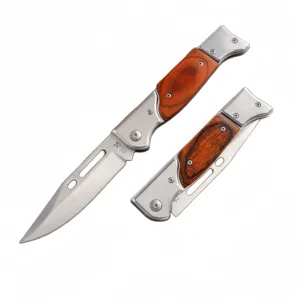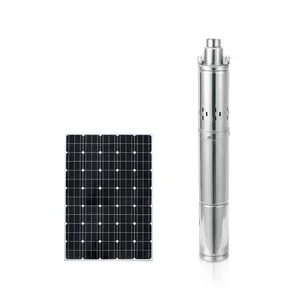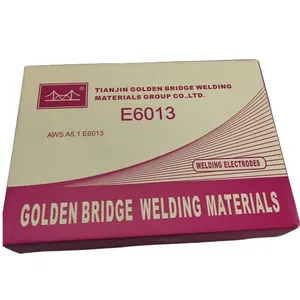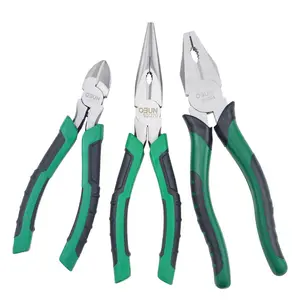Popular in your industry























































































































































































Top categories
About childs tool belt
Introduction
In a world increasingly dominated by screens, it's crucial to encourage children to engage with the physical world and develop practical skills. This article delves into the exciting world of child's tool belts, an excellent way to foster hands-on learning and creativity in young minds. We explore the importance of experiential learning, the various types of children's tool belts available, and how to choose the right one. We also discuss safety considerations, how to use the tools, and how to nurture your little builder's creativity and problem-solving skills.
The Importance of Hands-On Learning
Hands-on learning, often referred to as experiential learning, is a pedagogical approach that immerses students in practical experiences, fostering a deeper connection with the subject matter. This approach encourages students to interact with real-world materials, solve problems, and participate in collaborative projects. It cultivates critical thinking skills, problem-solving abilities, and a deeper understanding of the subject matter. By offering students the opportunity to learn through hands-on experiences, education becomes a more meaningful and impactful process.
Understanding Child's Tool Belts
A child's tool belt is an excellent introduction to tools for young builders. These tool belts come with lightweight plastic tools that inspire imaginative play. The sturdy canvas belt has pockets to hold the tools, which include a hammer, adjustable wrench, pliers, screwdriver with bits, and a level. Apart from the thrill of make-believe, these tool belts encourage children to learn new vocabulary and understand different types of tools.
Types of Tools for Kids
Children's tool belts often come with a variety of tools designed for hands-on learning and play. Some popular items include real tools like safety goggles, tape measures, and tool sets with wooden handles. There are also pretend play tools like fake wood, plastic toolboxes, and tool belts. Various brands offer tool sets ranging from 5 to 10 pieces, some even include a toolbox. These sets often feature kid-friendly designs with rounded edges for safety and small handles for easy grip.
Choosing the Right Tool Belt
When selecting a kids tool belt, it is important to keep several factors in mind to ensure you choose the right one for your child’s needs. Considerations include size, durability, organization, adjustability, safety, comfort, design, and budget. These factors will help you select a tool belt that meets your child’s needs, fostering their creativity and encouraging hands-on learning. Whether you choose to buy online or in physical stores, remember to prioritize your child’s safety, comfort, and enjoyment.
Safety Considerations
Safety is paramount when children are learning to use tools. Each child should be shown how to use each tool safely on a one-to-one basis until they are confident in using them independently. If safety codes are not followed, the tool area should be immediately closed off. The use of tools like bow saws should be a 1:1 activity, with the practitioner assessing each child's ability to use one safely. The safety bubble rule must be observed. For tools like hammers, mallets, and secateurs, use should be closely supervised and children assessed for competence and maturity before use.
How to Use the Tools
Teaching kids how to use tools is a crucial part of their development. Start with a cordless drill, one of the safer power tools, and use finish nails instead of bits for practice. A tape measure can be introduced once they've mastered basic math skills. Pocket knives can be a child's first tool. As they grow older, they can learn to use a hand saw, claw hammer, needle nose pliers, jigsaw, circular saw, chainsaw, soldering iron, and even a ladder. Remember, safety is paramount and supervision is necessary when they're learning.
Encouraging Your Little Builder
Encouraging your little builder is all about nurturing their internal motivation. Set reachable goals for them related to their building projects and help them create a step-by-step plan to achieve these goals. Celebrate their accomplishments and let them know you are proud of them. Encourage them to discover what they are passionate about in the realm of building and creating. Maintain a positive and optimistic outlook, and excite them about their goals and ambitions. The positive energy will push them to continue their hard work and be happy with their efforts.
Projects to Start With
Introduce your little builder to woodworking with projects like constructing a birdhouse, creating a treasure chest, making a wooden picture frame, crafting a step stool, or designing a pencil holder. These projects not only foster creativity but also help children understand the practical application of tools. Remember, safety is paramount, so ensure adult supervision and the use of a child's tool belt for easy access to tools.
Nurturing Creativity and Problem-Solving Skills
Child's tool belts are not just toys, but tools for nurturing creativity and problem-solving skills. They provide a safe and engaging way for kids to explore the world of DIY. With these tool belts, children can imitate their handyman heroes, building forts, fixing toys, or assisting with household projects. This hands-on experience encourages their curiosity, independence, and confidence. Moreover, tool belts are designed to stimulate STEM skills, promoting learning in science, construction, and engineering.
Conclusion
In conclusion, child's tool belts are more than just toys; they are instrumental in fostering creativity, problem-solving skills, and hands-on learning. They offer children a safe and engaging way to explore the world of DIY, imitate their handyman heroes, and participate in practical projects. By choosing the right tool belt, teaching them how to use tools safely, and encouraging their building ambitions, we can nurture their curiosity, independence, and confidence. Let's empower our little builders to create, explore, and learn in a fun and practical way.












































































